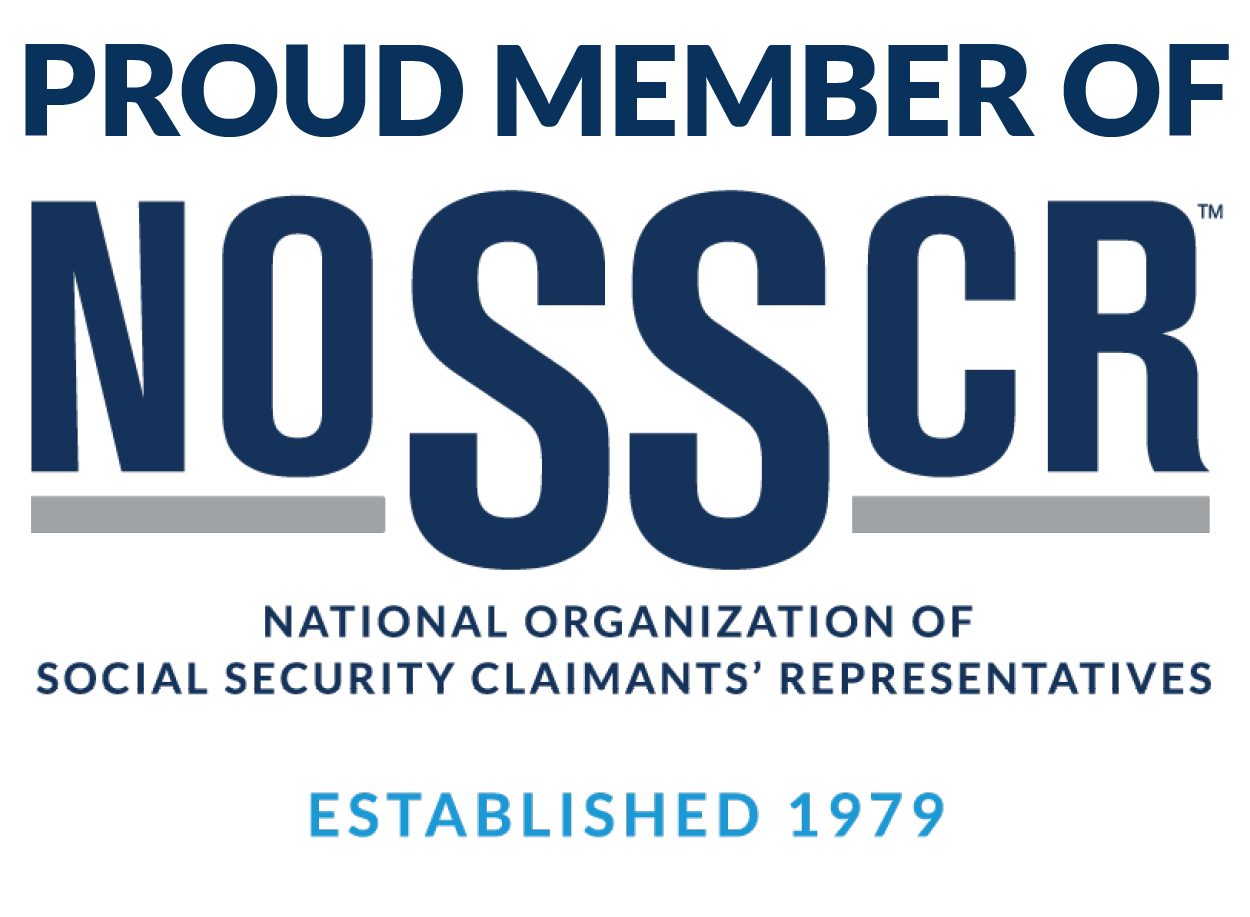A recent Forbes article[1] highlighted the complicated choices facing individuals who receive disability benefit, but who wish to attempt to return to work. In an effort to encourage individuals to attempt to return to the work force, the Social Security Administration instituted the Ticket to Work Program (“TTW”) in 1999. The TTW allows for individuals to work for a limited time period without automatically losing their disability benefits. Therefore, in theory, disability recipients can attain a job and see whether their health has improved sufficiently to allow them to continue working – without instantly losing their benefits.
However, as highlighted by Forbes, this process is highly complicated and difficult to navigate. First, the TTW only offers a limited time-period during which an individual can work while receiving disability, referred to as a “Trial Work Period.” Once this time period has been used up, disability benefits will automatically terminate. Second, all work income during this period must be reported to Social Security, and said income will off-set your monthly disability rate. Moreover, an individual participating in the Ticket to Work Program must provide Social Security with several forms and reports, which can be cumbersome to fill out and submit.
In sum, individuals should be encouraged to return to work if their health improves. However, the process of testing to see whether you are actually able to sustain the rigors of work can be unnerving and complex. In order to ensure that you do not inadvertently lose your disability benefit, or get penalized for an overpayment due to a work attempt, it is important to immediately report any and all work income to Social Security. For most individuals, it is also advisable to consult with an attorney in order to be able to make an informed decision of whether attempting to return to work is the best option for you.
[1]https://www.forbes.com/sites/dianewiniarski/2023/02/22/the‑facts‑about‑ticket‑to‑work‑and‑your‑ssdi‑benefits/?sh=1dc726ba3fda


